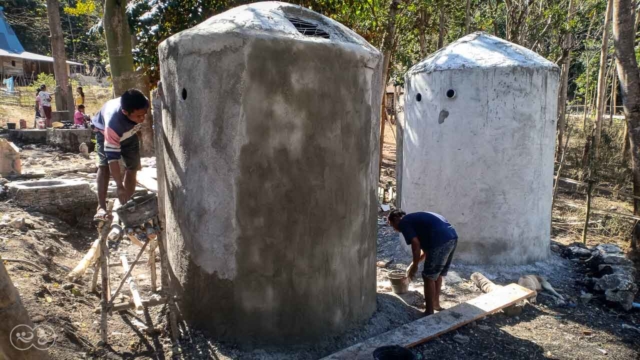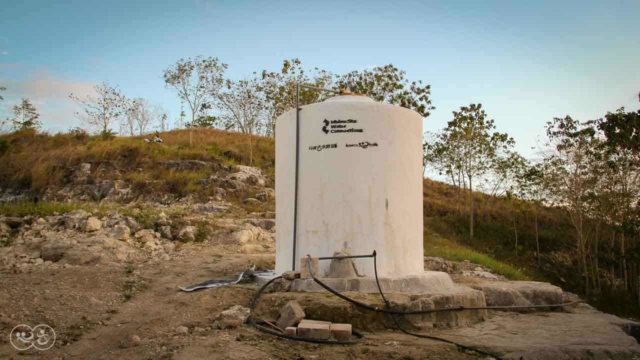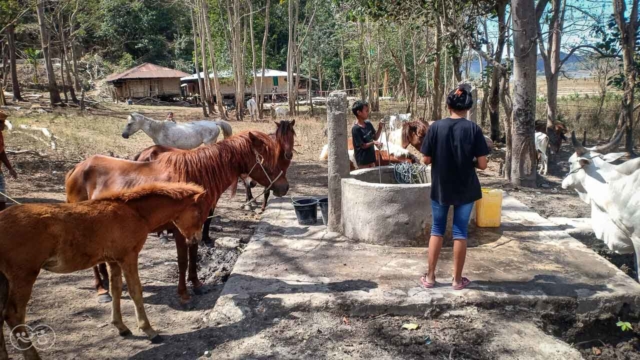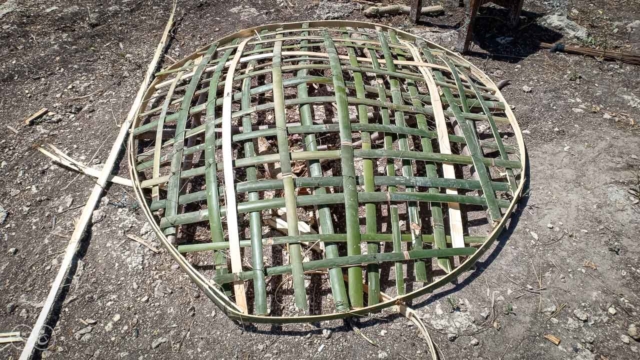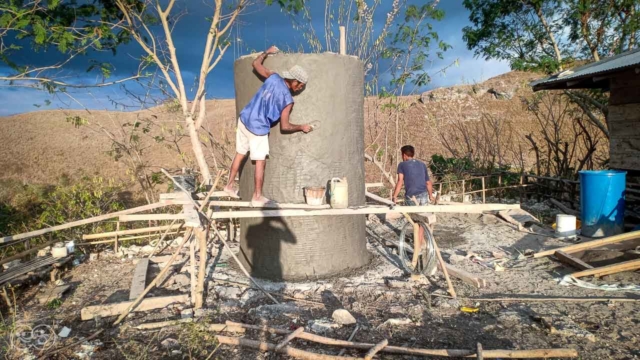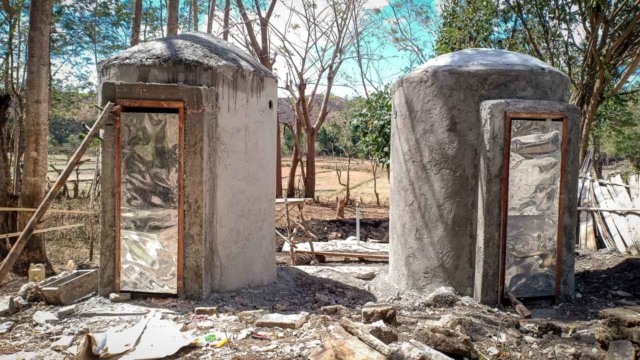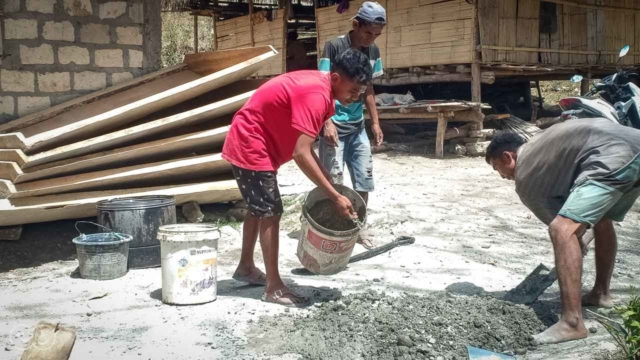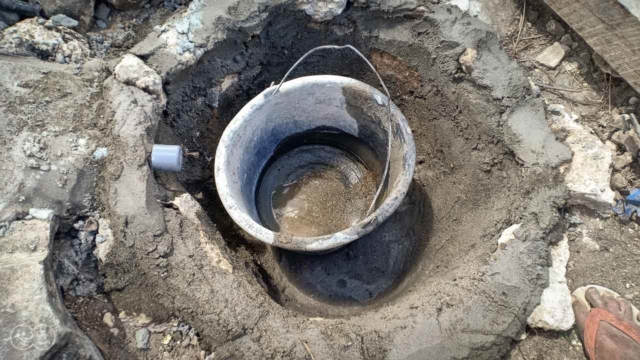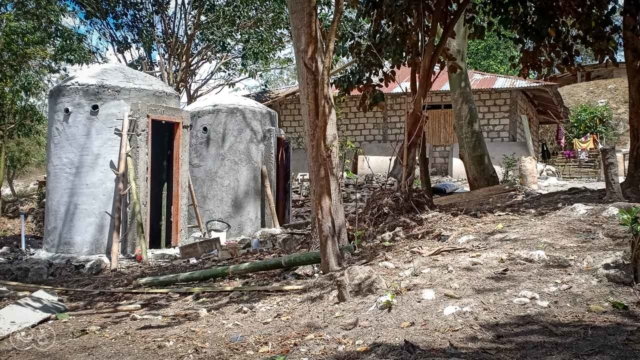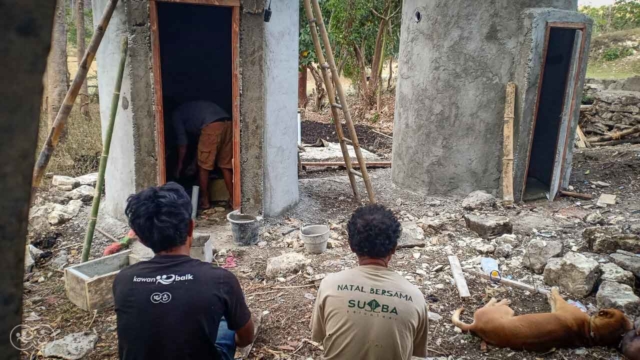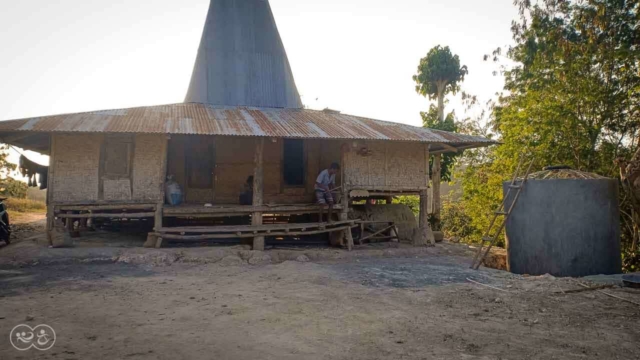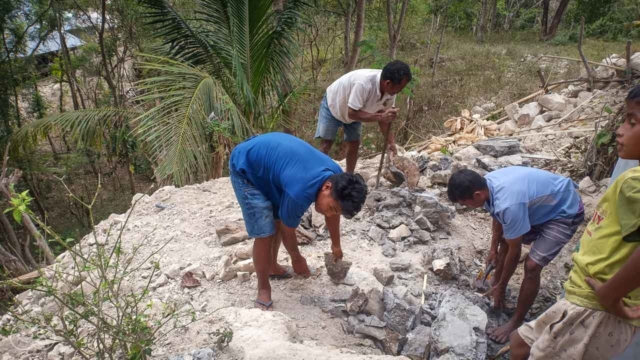Living without a toilet? It’s a lot more common than you think
Stop for a minute. Reflect on your day so far. How often did you use your toilet? Thrice? Five times? Usually, one of the first things we do in the morning and the last thing we do before going to bed, going to the toilet, is essential to living and maintaining sanitary standards.
It’s a privilege that many of us never had to consider living without. So think about it for a minute. Take the toilet out of your daily life, and what are you left with?
Imagine a portable toilet, but without the walls, without the water, without the seat, without the toilet paper, without the soap and/or the hand sanitiser. All around you, trees, fields or nothing! This is the reality for tens of thousands of people here in eastern Indonesia. They have no water and, therefore, no toilets.
This lack of sanitation is a significant health problem for many here and everywhere else, especially for pregnant women, the vulnerable, the chronically ill and children, who are more likely to suffer from disease and malnutrition due to unsanitary living conditions.
Malnutrition kills many here are the consequences of malnutrition. Almost all children in East Sumba under five are malnourished and underweight. Indeed East Sumba is one of the poorest regions in Asia and the poorest in Indonesia. Some of these child deaths directly result from open defecation and lack of water and sanitation. Once a person defecates in public, the bacteria in their faeces have a high chance of infecting children and other so-called “at risk” people through direct contact. These sources of various infections “leak” from water sources by being carried by flies and other insects present in large numbers in the area.
Drinking water, like Fair Future and Kawan Baik brings to thousands of families through the #Water Connection program, is a basic necessity for a healthier, more harmonious life. This immense program which extends over several years, includes the construction of a water network, the manufacture of 6500-litre tanks for the storage of clean water and healthy sanitary facilities according to models which correspond to what wishes of future users. They can choose the type of toilets they want in their village.
We also note and experience that water quality is constantly and directly threatened when communities lack basic toilets or latrines. We return to what we said above: “-Once a person defecates in public, the bacteria present in their faeces have a high chance of infecting children and other so-called “at risk” people”, but also any water sources present.
Access to basic toilets and adequate sanitation is a human right and a necessity to maintain sanitation standards and improve quality of life. We have been working hard, very hard on it for several years. Having water heals people, makes families healthier and reduces disease. Water is the best medicine in the world…
#lifewithouttoilet #malnutrition #healthysanitations # #waterconnections #safewateraccess #cleanwateraccess #water #waterforlife #healthierlife #rumahkambera #ntt #waterforlife #healthylife #behindatree #reducediseases #kawanbaik #kawansehat #kawanpintar #fairfuturefoundation
A beautiful day to you from East Sumba.
Rumah Kambera – Socio-Medical base camp, the 06.09.2022
Dates of Photos: August 2022 | Location: SD Mbinudita, Sumba Timur, NTT
Living without a toilet? It’s a lot more common than you think
Stop for a minute. Reflect on your day so far. How often did you use your toilet? Thrice? Five times? Usually, one of the first things we do in the morning and the last thing we do before going to bed, going to the toilet, is essential to living and maintaining sanitary standards.
We are in the process of completing new clean water tanks and new sanitation facilities in Mbinudita. Our teams are on-site with the help of the entire local community, women, men and children who help us in this work. These infrastructures are made of Ferro-cement, like all the others, with the difference that we give the possibility to the villagers to choose the type of construction. Once again, this type of collaboration works wonders on-site because it allows everyone to learn and work.


